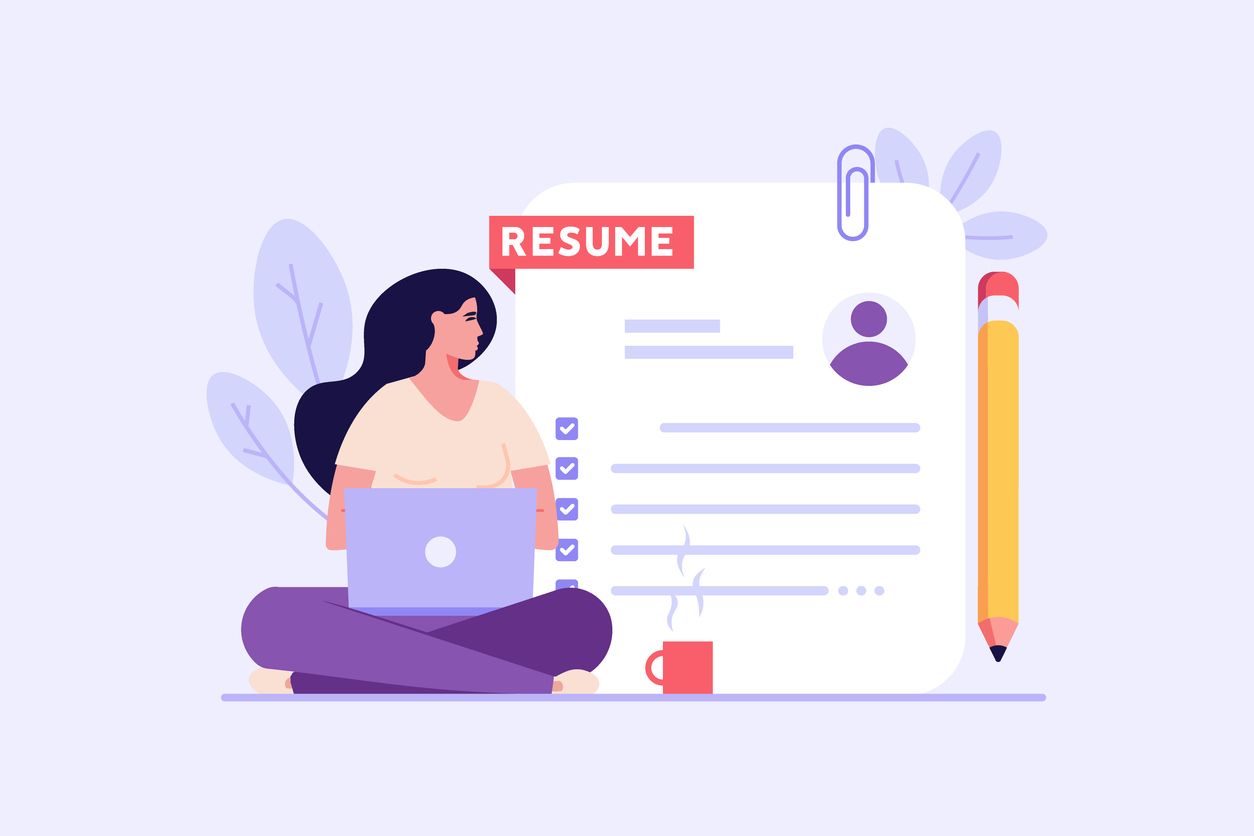Is your job description driving away the right candidates?
A crucial first impression for candidates

The job description is often the first impression a candidate gets of your company. If poorly written, it can not only fail to attract qualified profiles but actually discourage them from applying. According to PharmiWeb, a job ad that is too focused on the company and its needs tends to fail in generating interest from candidates.
In the pharmaceutical industry, where roles are technical and expectations are specific, the content must be clear, human, and engaging starting from the very first words. Here are seven key elements to check to turn your job description into a talent magnet.
Il s'agit d'un texte de paragraphe. Cliquez dessus ou cliquez sur le lien Gérer le texte Button pour modifier la police, la couleur, la taille, le format, etc. Pour configurer les styles de paragraphe et de titre à l'échelle du site site, allez sur le site Theme.
1. The job title: clear, simple, and relevant
Why it matters:
45% of professionals ignore a job ad if the title is too vague or too specific.
Best practices:
- Use standardized terms: “Regulatory Affairs Specialist” rather than “RA Officer”.
- Be specific: “Senior Pharmacovigilance Associate – Clinical Trials”.
The title must be clear, understandable, and SEO-optimized to ensure visibility on job boards.
2. Focus on what you offer, not just what you expect
The common trap to avoid:
A description focused only on your needs ("you must...", "you will be...") may come across as cold and uninviting.
What to do instead:
- Highlight benefits for the candidate: career prospects, what they’ll learn, who they’ll work with.
- Use human language: company culture, work environment, societal impact
3. Clarity and readability: avoid confusion
Why this is critical:
31% of candidates abandon a job ad if it's unclear.
Best practices:
- Keep it between 300 and 800 words.
- Structure your ad: summary, responsibilities, required skills, environment, benefits.
- Avoid unnecessary jargon, and favor bullet points.
4. Salary transparency: a key attractiveness factor
Observation:
Not including a salary range reduces the number of applications by 60% and can create distrust.
What to include:
- A clear salary range.
- Additional details (bonuses, training opportunities, remote work).
5. Inclusive language and broader appeal
Why it matters:
Up to 60% of underrepresented candidates may be discouraged by biased language.
Solutions:
- Use personal but neutral language (e.g., “they”, “employee(s) of all genders”).
- Mention your DEI (Diversity, Equity, and Inclusion) commitments: “We welcome applications from all backgrounds.”
6. Technical vs. Behavioral Skills
The traditional approach:
Lists only degrees, certifications, and tools (e.g., SAP, GMP, EudraCT) — ignoring soft skills.
What makes the difference:
- Identify key behavioral skills: communication, adaptability, teamwork.
- Distinguish between “required” and “nice to have”.
- Emphasize a competency-based selection process.
7. Showcasing your employer brand in pharma
The mistake:
Ignoring company culture or settling for a static “About Us” page.
The solution:
- Add a paragraph on your mission, CSR efforts, or innovation projects.
- Include employee testimonials and internal success stories.
- Use a human, engaging tone — say “we” rather than “the company”.
Quick diagnosis summary
Diagnostic point: the job title
Risk if ignored: Untargeted candidates
Suggested solution: Use a standardized, clear, SEO-optimized title
Diagnostic point: career prospects
Risk if ignored: Lack of attractiveness
Suggested solution: Emphasize what you offer to the candidate
Diagnostic point: readability
Risk if ignored: Quick disengagement
Suggested solution: Use simple structure, keywords, bullet points
Diagnostic point: salary transparency
Risk if ignored: Distrust, fewer applications
Suggested solution: Provide a clear salary range and list additional benefits
Diagnostic point: inclusion
Risk if ignored: Less diversity
Suggested solution: Use neutral language and highlight DEI commitments
Diagnostic point: soft skills
Risk if ignored: Poor cultural fit
Suggested solution: Create a competency-based job description
Diagnostic point: employer brand
Risk if ignored: Perceived impersonality
Suggested solution: Highlight your values, mission, and success stories
FAQ
What is the ideal length for a pharmaceutical job description?
Between 300 and 800 words, with around 6 to 8 bullet points per section.
Is the salary mandatory?
Yes: not including it can drive away 60% of candidates.
Can mandatory certifications be removed when recruiting?
No: clearly mention them, but distinguish between "required" and "preferred" certifications.
How can behavioral skills be assessed directly from the job description?
Include criteria such as “resilience in the face of failure” or “ability to listen to regulatory stakeholders,” etc.
How to ensure fairness and compliance?
Standardize your job descriptions, train managers, and carefully document the HR process.




